Introducing the Evergreen Framework: 4 Customer Journeys Every Brand Can Use
Published on November 23, 2021/Last edited on November 23, 2021/4 min read
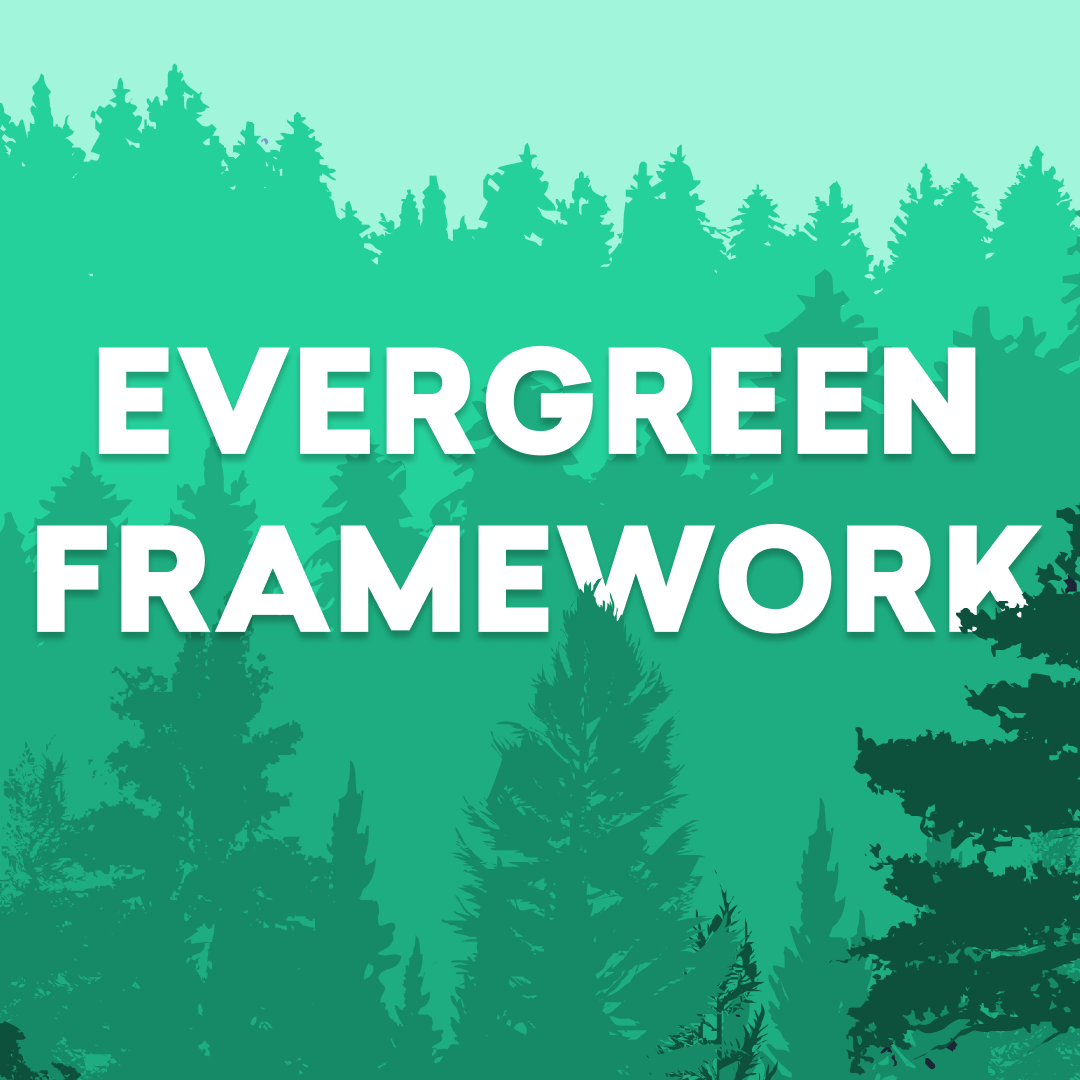

Kevin Rogers
Principal Customer Success Manager, BrazeWhen crafting a comprehensive customer engagement strategy, it's integral to consider the many factors and nuances that go into each type of campaign. While each message a customer receives should feel personal and valuable, it’s a challenge to dedicate time, tools, and/or engineering resources to each one. At Braze, we’re all about helping brands create strategies built on customer-centric interactions—at scale.
Now you may be asking yourself, where or how do we even start? Allow me to introduce the Evergreen Framework. Much like how an evergreen tree never loses its leaves, this framework is built on four foundational customer flows that are always running. Using Braze Canvas, our customer journey orchestration tool, and this Evergreen Framework, you can create a cohesive customer experience you can build upon. Let's dive into those four main customer journeys.
The Evergreen Framework
1. Onboarding
Onboarding is paramount to the lifecycle journey of your user. It is often the first communication you have with your new users as a brand. It’s an extension of your product, and how you can introduce your brand and its offerings to a new user. It also allows your team to set the stage for how your customer and your brand will interact.
Creating an effective, valuable onboarding campaign is the foundation of the Evergreen Framework—and the first step in developing a relationship with your customers.
2. Retention
Retention is not one-size-fits-all among brands or even among users. I’d recommend you look to define what retention is for your company and the high-value actions that encourage users to come back to your product. Once you have that definition and understanding, you are ready for the second Evergreen journey.
Retention Canvases are geared towards driving your users back to the product and having them remain engaged with your offering. For example, if you see a significant drop-off point on day 10 you may implement a retention strategy by messaging users on the 9th day of their user experience. Canvas enables you to design journeys that are totally customizable to your audience and can be optimized through various multivariate tests.
3. Re-Engagement
Everybody has received the classic “we miss you, please come back” message from a brand at some point. Re-engagement can be powerful if done right, but can be a fickle beast. I’ve seen brands go so far as to hire comedians to draft content to re-engage their users, but every retention effort doesn't need to be that intense! When considering what re-engagement looks like for your brand, think about the current messaging touchpoints being used to reach out to your users. The more pertinent the message, the greater the chance of re-engagement.
An effective re-engagement Canvas drives users to an action that demonstrates additional value and enhances stickiness. Determine this and you can create action-based Canvases compelling users to that specific action, leading to further customer retention.
4. Winback/Sunset
This may be considered a luxury rather than an obligatory piece of your strategy, but it has the potential to tap into a powerful part of your audience. Winbacks can be seen as a last ditch effort to win a customer over, but in reality a win-back campaign is a series of communications designed to re-engage users who no longer interact with your brand. On the flip side, sunsetting removes the customer from your messaging completely, with the goal of maintaining a clean list. Consider using historical engagement and app usage data to determine when a user no longer engages with your offering, and when they should be moved from the win-back to sunset category. Equipped with that data, you can work to retain high deliverability as well as help improve your messaging overall.
Final Thoughts
Now that we’ve distilled this down into four distinct campaigns, the real fun begins! An industry best practice is to test with the goal of optimizing your communications to drive engagement with your audience. You can do this through multivariate testing. I’d recommend focusing on three main factors: content, cadence, and channel. Our motto is “one campaign, one goal,” meaning that each Canvas should drive users to a specific high-value action. With the foundation of the four Evergreen Canvases, you can augment communications with smaller journeys. For example, maybe you want to create a first purchase journey in between an onboarding Canvas and a retention Canvas. We call this a "micro journey:” you create an Action Path (which allows you to sort users by action) propelling the user towards a specific goal, enhancing your Evergreen strategy with even further targeted messaging.
All in all, Evergreen Canvases can be a very powerful route towards creating a messaging strategy that delivers results. The four Canvases that I’ve recommended above are not set in stone, but are a flexible foundation you can grow from.
I look forward to seeing what you create!
Related Tags
Releated Content
View the Blog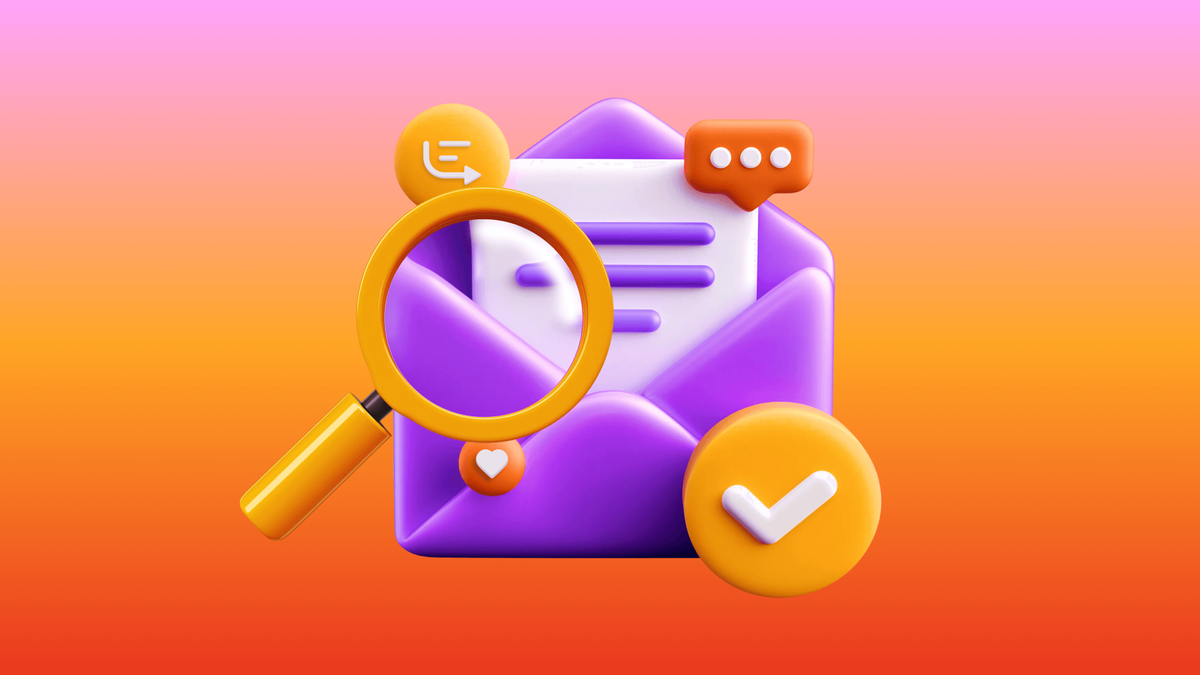
The new inbox reality: How iOS changes are reshaping email marketing

Aparna Prasad
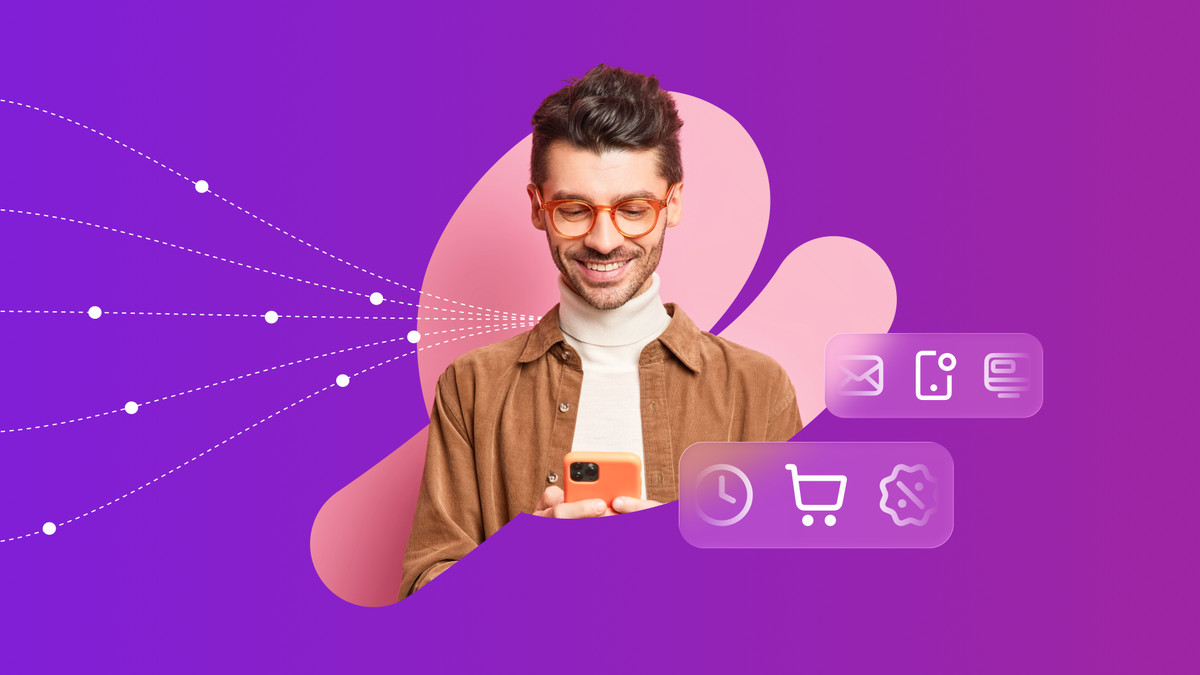
Experience optimization: Turning data insights into better journeys
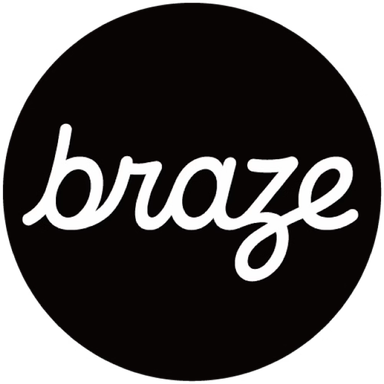
Team Braze
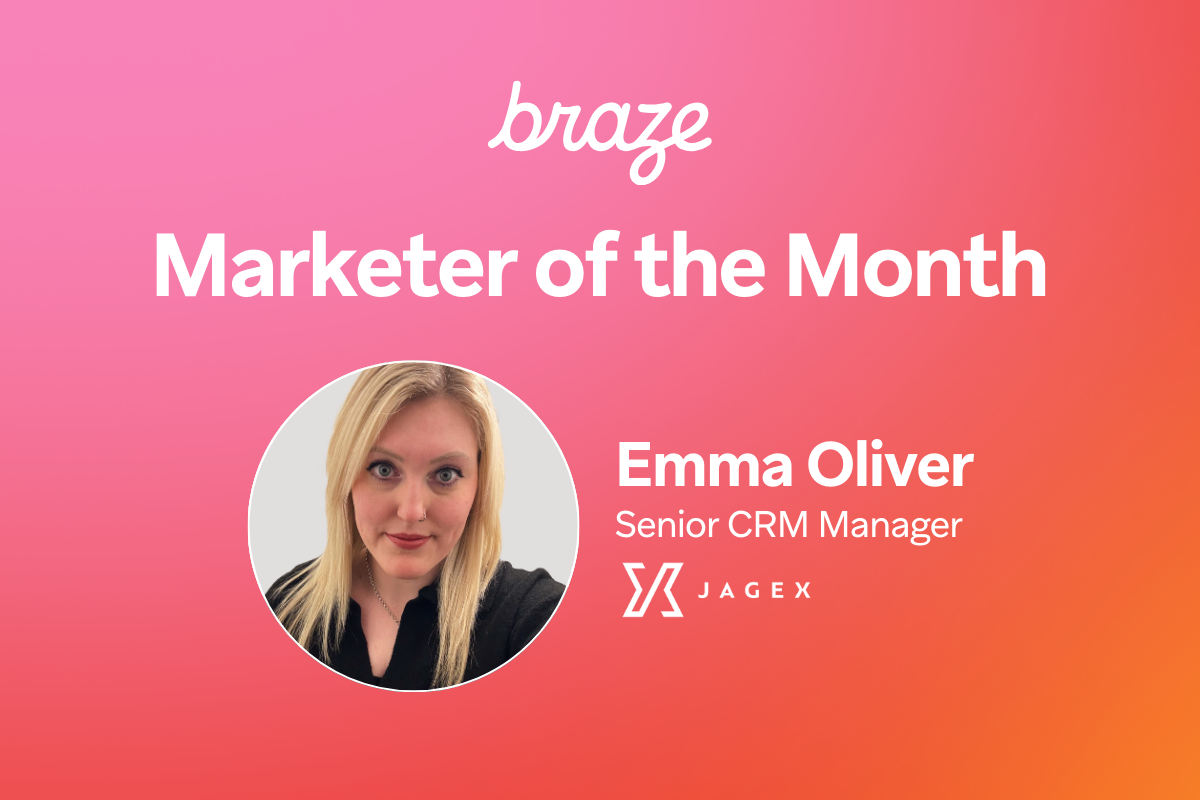
December 2025 Bonfire Marketer of the Month: Jagex’s Emma Oliver
